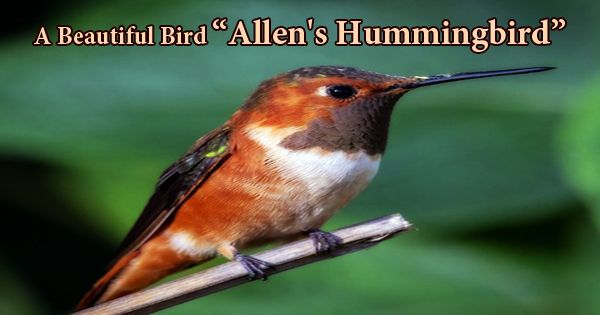The marbled duck (Marmaronetta angustirostris), also known as ‘marbled teal’ is a medium-sized duck, which is a threatened and species of duck from southern Europe, northern Africa, and western and central Asia. This species is creamy-white and spotted with grayish brown. The wings are brown with pale secondaries, and the tail a light brown. Both sexes lack the metallic wing speculum seen in other teals. Both the male and female are more or less similar in appearance. However, females have a shorter crest and paler eye stripe. Mostly silent; typically found in shallow, freshwater or brackish wetlands with abundant emergent vegetation. The scientific name, Marmaronetta angustirostris, comes from the Greek marmaros, marbled and netta, a duck, and Latin angustus, narrow or small, and rostris billed. Marbled teals have an extremely large range and can be found in Southern Europe and across Northwest Africa in Cameroon, Gambia, Senegal, Nigeria, Morocco, Algeria, Chad, Mali, and Egypt. They can also be seen across the Middle East, Russia, India, and China.
The Marbled Ducks measure about 39-42 cm in length (including the tail). Adults have a pale sandy-brown plumage that is diffusely blotched off-white. They have dark eye-patches. The head is shaggy. The juveniles have more off-white blotches. In-flight, the wings look pale without a marked pattern, and no speculum (distinctive wing patch) on the secondaries (shorter, upper “arm” feathers). This duck formerly bred in large numbers in the Mediterranean region, but is now restricted to a few sites in southern Spain, southern Italy, northwest Africa, and the broader Levant. In general, the species has nomadic tendencies. In some areas, birds disperse from the breeding grounds and have been encountered in the winter period in the Sahel zone, south of the Sahara. It also breeds on delta marshes where receding waters leave behind large areas of shallow water with abundant sedges and bulrushes. In addition, it may use slow rivers and saline coastal lagoons, and man-made wetlands including fish-rearing ponds and small reservoirs. They are common in captive collections but are a nervous and flighty bird. These are gregarious birds, at times even when nesting. Outside the breeding, season flocks are often small, although large wintering flocks have been reported in some areas. The largest winter concentration known is in Khuzestan, Iran. Males are called drakes, females are hens, and young are ducklings. Marbled Teals are good swimmers and divers. However, they really only dive in order to escape predators. These birds produce a squeaking “jeep” sound uttered by displaying males, otherwise, they are relatively silent. This bird is considered vulnerable by the IUCN due to a reduction in population caused by habitat destruction and hunting. It is one of the species to which the Agreement on the Conservation of African-Eurasian Migratory Waterbirds (AEWA) applies. This species appears to have suffered a rapid population decline, evidenced in its core wintering range, as a result of widespread and extensive habitat destruction.
















